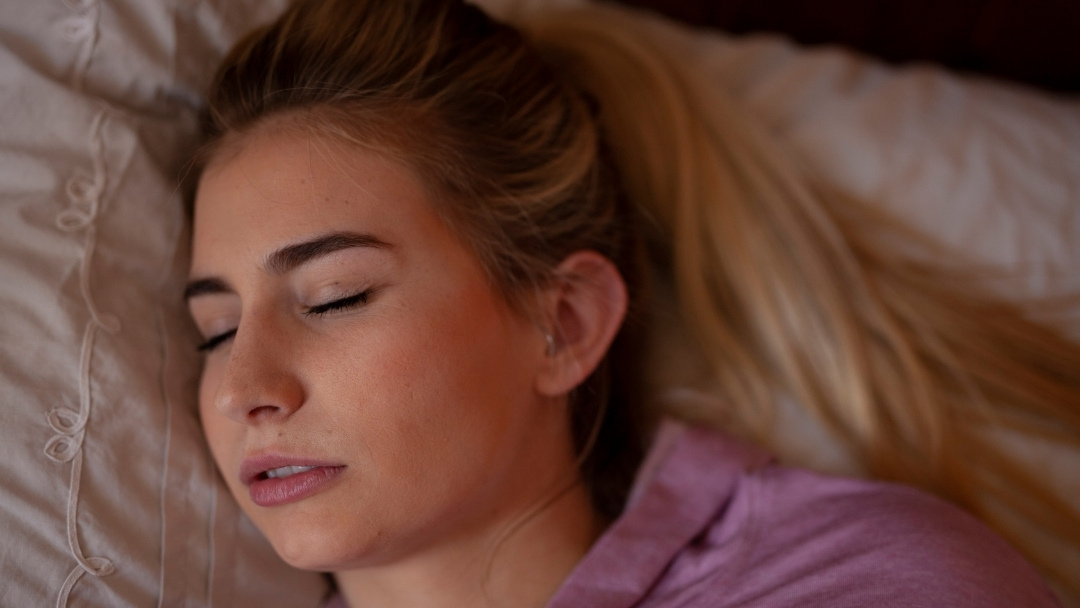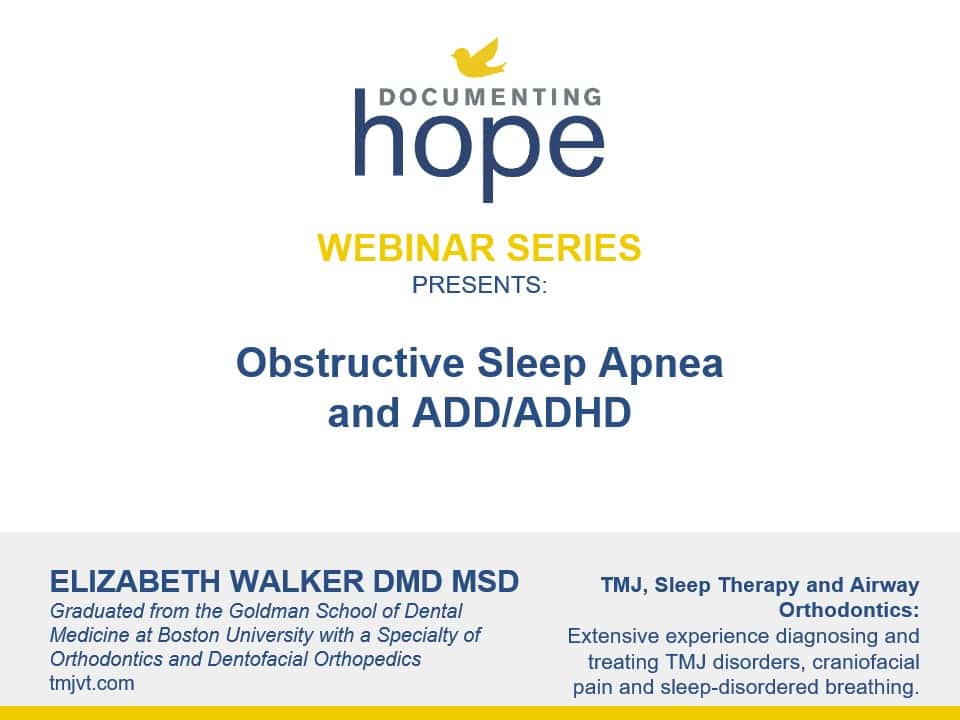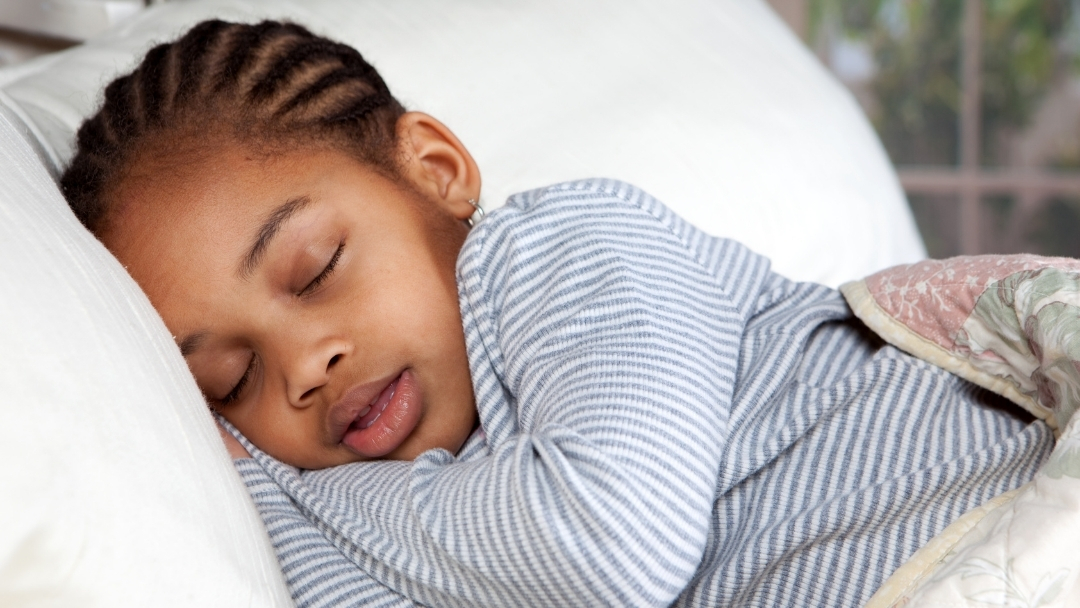Because sleep-related problems affect an estimated 50-70 million Americans of all ages and socioeconomic classes, we’ve put together some tips about sleep solutions. We have all heard it… “You spend about 1/3 of your life in bed.” While we may spend 1/3 of our lives in our bedrooms, most people do not sleep for eight hours, and the little sleep they get is not restorative.
Why We Need Sleep
Sleep replenishes the body on all levels: cellular, endocrine, immune, metabolic, physical and emotional. It repairs and restores major organs and brain chemicals. Physiologic studies suggest that a sleep deficit may put the body into a state of high alert, increasing the production of stress hormones and driving up blood pressure. In the absence of a good night’s sleep, the body and brain begin a slow deterioration affecting all areas of health and function. Although the body can survive for a month or more without food, death can occur in a week without sleep. Three nights without restorative sleep can produce a state known as “sleep-deprived psychosis,” in which rational thinking is impossible.
During restorative sleep, the brain and body produce serotonin, a chemical necessary for mood stabilization, coping, attention and memory. The less serotonin available, the less able one is to deal even with the most mundane day-to-day tasks. Picky kids get pickier, cranky kids get crankier. Poor sleepers tend to be poor students as well.
What Causes Sleep Problems?
Everyone is aware that caffeine-containing foods like coffee and chocolate can interfere with sleep. Also be sure that kids are not eating foods and drinking beverages containing other excitotoxins, like MSG and aspartame. Diet sodas and MSG-laced soup and Chinese food can keep them awake. Sleep disturbances are sometimes associated with allergies, especially to dust, molds and other critters. Some kids’ reactions to foods, such as citrus fruits, can cause bedwetting, which interrupts their sleep.
Sleep Difficulties May Signal Sensory Regulatory Issues
Physical therapist Debra Dickson and occupational therapist Anne Buckley-Reen believe this is common. They conceived a sleep hygiene program called SANE. The SANE approach facilitates change through restorative Sleep, Activities to reduce stress, balanced Nutrition, and nurturing Environments.
What Sleep Deprivation Looks Like
Sleep-deprived people have elevated blood levels of substances associated with inflammation. People who sleep less than seven hours a night are also significantly more likely to be obese. Many kids get only “junk sleep” because they are sleeping surrounded by gadgets like cell phones, DVD players, computers, iPods, and TVs giving off high levels of electromagnetic fields (EMFs). EMFs disturb brain waves, heart rate variability, breathing patterns and bowel movements. Everyone is much more vulnerable to EMFs when asleep because EMFs decrease pineal function, causing it to stop producing protective melatonin.
The older the teen, the more gadgets they are likely to have in their bedrooms. Most high school seniors have about four. At 3:00 am, they may be instant messaging, playing video games, or watching a movie. Kids who are sleep deprived can exhibit:
- Explosive tempers
- Easily hurt feelings
- Impatience and poor impulse control
- Clumsiness and accidents
- Frenzied play
- Trouble focusing and paying attention in class
- Forgetfulness and making silly mistakes
- Excessive talking
Many of these symptoms are similar to those of ADD. One study found that when a group of kids diagnosed with ADD were permitted to catch up on their sleep that a majority no longer qualified for the diagnosis!
How Much Sleep Is Enough
According to WebMD, children have the following sleep needs:
- 1-3 years old: 12 – 14 hours
- 3-6 years old: 10 ¾ – 12 hours
- 7-12 years old: 10 – 11 hours
- 12-18 years old: 8 ¼ – 9 ½ hours
Only about 20% of American teens get the recommended nine hours of sleep a night, half sleep less than eight hours on school nights, and 28% fall asleep in school at least once a week. Sleep patterns change with age, and after puberty teenagers find it physiologically more difficult to go to sleep early.
When school districts addressed this problem by starting their classes an hour later, absenteeism and grades improved, disciplinary problems decreased, and students and teachers were more productive.
What You Can Do to Improve Sleep Habits
Start early! For young children, begin a bedtime ritual that includes time away from electronic gadgets at least an hour before bed. For older kids and adults, make sure bedrooms are cool, calm, quiet, dark “media-free zones” used exclusively for quiet time and sleeping.
Sleep Solutions
- Avoid loud patterns and/or bright colors on the walls and in furniture design. Many children’s rooms are too active, with beds shaped like race cars and busy posters, colors and patterns on the walls and in the rugs
- Use organic paints, carpet, curtains, mattresses and bedding to limit out-gassing and static electricity which disturbs the body’s electrical system
- Make the space as dark as possible
- Avoid metal bed frames
- Never use an electric blanket
- No metal springs and no flame retardants in mattresses
- No large electronic devices on the other side of the wall behind the headboard
- No cell phones or cell phone chargers in any bedrooms n Replace any 2.2 and above gigahertz cordless phone with a corded phone
- Have your child checked for obstructive sleep apnea
Still Looking for Answers?
Visit the Documenting Hope Practitioner Directory to find a practitioner near you.
Join us inside our online membership community for parents, Healing Together, where you’ll find even more healing resources, expert guidance, and a community to support you every step of your child’s healing journey.
Sources & References
Arab, A., et al. The Role of Magnesium in Sleep Health: a Systematic Review of Available Literature. Biol Trace Elem Res. 2023 Jan;201(1):121-128.
Aschoff, J. CIRCADIAN RHYTHMS IN MAN. Science. 1965 Jun 11;148(3676):1427-32.
Ballard, R., et al. Bright Light Therapy for Major Depressive Disorder in Adolescent Outpatients: A Preliminary Study. Clocks Sleep. 2024 Jan 30;6(1):56-71.
Bondopadhyay, U., et al. The Role of the Circadian System in Attention Deficit Hyperactivity Disorder. Adv Exp Med Biol. 2021:1344:113-127.
Brandão, L.E.M., et al. Exposure to a more unhealthy diet impacts sleep microstructure during normal sleep and recovery sleep: A randomized trial. Obesity (Silver Spring). 2023 Jul;31(7):1755-1766.
Cain, S.W., et al. Evening home lighting adversely impacts the circadian system and sleep. Sci Rep. 2020 Nov 5;10(1):19110.
Cassone, V.M., et al. Melatonin, the pineal gland, and circadian rhythms. J Biol Rhythms. 1993:8 Suppl:S73-81.
Chang, A.M., et al. Evening use of light-emitting eReaders negatively affects sleep, circadian timing, and next-morning alertness. Proc Natl Acad Sci U S A. 2015 Jan 27;112(4):1232-7.
Chang, Y., et al. Mechanism of Sleep Disturbance in Children with Atopic Dermatitis and the Role of the Circadian Rhythm and Melatonin. Int J Mol Sci. 2016 Mar 29;17(4):462.
Chen, C.Q., et al. Distribution, function and physiological role of melatonin in the lower gut. World J Gastroenterol. 2011 Sep 14;17(34):3888-98.
Cheung, I.N., et al. Morning and Evening Blue-Enriched Light Exposure Alters Metabolic Function in Normal Weight Adults. PLoS One. 2016 May 18;11(5):e0155601.
Cohen-Mekelburg, S., et al. Morning light treatment for inflammatory bowel disease: a clinical trial. BMC Gastroenterol. 2024 May 22;24(1):179.
Coogan, A.N., et al. A systematic review of circadian function, chronotype and chronotherapy in attention deficit hyperactivity disorder. Atten Defic Hyperact Disord. 2017 Sep;9(3):129-147.
Czeisler, C.A., et al. Sleep and circadian rhythms in humans. Cold Spring Harb Symp Quant Biol. 2007:72:579-97.
Dauchy, R.T., et al. Daytime Blue Light Enhances the Nighttime Circadian Melatonin Inhibition of Human Prostate Cancer Growth. Comp Med. 2015 Dec;65(6):473-85.
Esaki, Y., et al. Wearing blue light-blocking glasses in the evening advances circadian rhythms in the patients with delayed sleep phase disorder: An open-label trial. Chronobiol Int. 2016;33(8):1037-44.
Fagundo-Rivera, J., et al. Relationship between Night Shifts and Risk of Breast Cancer among Nurses: A Systematic Review. Medicina (Kaunas). 2020 Dec 10;56(12):680.
Fargason, R.E., et al. Correcting delayed circadian phase with bright light therapy predicts improvement in ADHD symptoms: A pilot study. J Psychiatr Res. 2017 Aug:91:105-110.
Figueiro, M.G., et al. Light modulates leptin and ghrelin in sleep-restricted adults. Int J Endocrinol. 2012:2012:530726.
Franzigo, M., et al. Chrono-Nutrition: Circadian Rhythm and Personalized Nutrition. Int J Mol Sci. 2023 Jan 29;24(3):2571.
Gabel, V., et al. Effects of artificial dawn and morning blue light on daytime cognitive performance, well-being, cortisol and melatonin levels. Chronobiol Int. 2013 Oct;30(8):988-97.
Gooley, J.J., et al. Exposure to room light before bedtime suppresses melatonin onset and shortens melatonin duration in humans. J Clin Endocrinol Metab. 2011 Mar;96(3):E463-72.
Gringras, P., et al. Bigger, Brighter, Bluer-Better? Current Light-Emitting Devices – Adverse Sleep Properties and Preventative Strategies. Front Public Health. 2015 Oct 13:3:233.
Halberg, F., et al. [FREE-RUN STUDY OF CIRCADIAN RHYTHMS OF THE PULSE, OF WAKING-SLEEP ALTERNATION AND ESTIMATION OF TIME DURING THE 2 MONTHS OF SUBTERRANEAN SOJOURN OF A YOUNG ADULT MALE]. C R Hebd Seances Acad Sci. 1965 Jan 25:260:1259-62.
Hartstein, L.E., et al. High sensitivity of melatonin suppression response to evening light in preschool-aged children. J Pineal Res. 2022 Mar;72(2):e12780.
Hester, L., et al. Evening wear of blue-blocking glasses for sleep and mood disorders: a systematic review. Chronobiol Int. 2021 Oct;38(10):1375-1383.
Hvolby, A. Associations of sleep disturbance with ADHD: implications for treatment. Atten Defic Hyperact Disord. 2015 Mar;7(1):1-18.
IARC Working Group on the Identification of Carcinogenic Hazards to Humans. Night Shift Work: IARC Monographs on the Identification of Carcinogenic Hazards to Humans Volume 124. International Agency for Research on Cancer, World Health Organization, Lyon (FR), 2020.
Kesztyüs, D., et al. Associations of time-restricted eating with health-related quality of life and sleep in adults: a secondary analysis of two pre-post pilot studies. BMC Nutr. 2020 Dec 17;6(1):76.
Kleitman, N. Sleep and wakefulness. Univ. Chicago Press, 1963.
Kianersi, S., et al. Chronotype, Unhealthy Lifestyle, and Diabetes Risk in Middle-Aged U.S. Women: A Prospective Cohort Study. Ann Intern Med. 2023 Oct;176(10):1330-1339.
Koniver L. Practical applications of grounding to support health. Biomed J. 2023;46(1):41–47.
Korman, M., et al. ADHD 24/7: Circadian clock genes, chronotherapy and sleep/wake cycle insufficiencies in ADHD. World J Biol Psychiatry. 2020 Mar;21(3):156-171.
Leone, M., et al. Melatonin use and the risk of self-harm and unintentional injuries in youths with and without psychiatric disorders. J Child Psychol Psychiatry. 2023 Jul;64(7):1027-1036.
Lok, R., et al. Perils of the nighttime: Impact of behavioral timing and preference on mental health in 73,888 community-dwelling adults. Psychiatry Res. 2024 May 15:337:115956.
Makateb, A., et al. Investigating the effects of a blue-blocking software on the daily rhythm of sleep, melatonin, cortisol, positive and negative emotions. Chronobiol Int. 2023 Jul 3;40(7):896-902.
Malin, S.K., et al. Early chronotype with metabolic syndrome favours resting and exercise fat oxidation in relation to insulin-stimulated non-oxidative glucose disposal. Exp Physiol. 2022 Nov;107(11):1255-1264.
Martel, J., et al. Influence of electromagnetic fields on the circadian rhythm: Implications for human health and disease. Biomed J. 2023 Feb;46(1):48-59.
Martel, J. Is a return to nature a piece of the health puzzle? Biomed J. 2023 Feb;46(1):8-10.
Megha, K.B., et al. Significance of Melatonin in the Regulation of Circadian Rhythms and Disease Management. Mol Neurobiol. 2024 Jan 11.
Mills, J.N. The circadian rhythms of human subjects without timepieces or indication of the alternation of day and night. J Physiol. 1974 Aug;240(3):567-94.
Moore-Ede., M. Lights should support circadian rhythms: evidence-based scientific consensus. Front. Photonics. 2023 Oct 03 (4).
Naganuma, F., et al. Histamine N-methyltransferase regulates aggression and the sleep-wake cycle. Sci Rep. 2017 Nov 21;7(1):15899.
Ogundele, M.O., et al. Management of sleep disorders among children and adolescents with neurodevelopmental disorders: A practical guide for clinicians. World J Clin Pediatr. 2022 Mar 15;11(3):239-252.
Ondrusova, K., et al. Subcutaneous white adipocytes express a light sensitive signaling pathway mediated via a melanopsin/TRPC channel axis. Sci Rep. 2017 Nov 27;7(1):16332.
Randjelović, P., et al. The effect of reducing blue light from smartphone screen on subjective quality of sleep among students. Chronobiol Int. 2023 Mar;40(3):335-342.
Sancho-Balsells, A., et al. Brain-gut photobiomodulation restores cognitive alterations in chronically stressed mice through the regulation of Sirt1 and neuroinflammation. J Affect Disord. 2024 Jun 1:354:574-588.
Schwalfenberg, G.K. The Importance of Magnesium in Clinical Healthcare. Scientifica (Cairo). 2017:2017:4179326.
Shin, J. Neuroprotective effects of melatonin in neurodegenerative and autoimmune central nervous system diseases. Encephalitis. 2023 Apr;3(2):44-53.
Sun, J., et al. Sleep Deprivation and Gut Microbiota Dysbiosis: Current Understandings and Implications. Int J Mol Sci. 2023 May 31;24(11):9603.
Uğurlu, A.K., et al. Is blue light exposure a cause of precocious puberty in male rats? Front Endocrinol (Lausanne). 2023 Jun 20:14:1190445.
van Andel, W., et al. Effects of chronotherapy on circadian rhythm and ADHD symptoms in adults with attention-deficit/hyperactivity disorder and delayed sleep phase syndrome: a randomized clinical trial. Chronobiol Int. 2021 Feb;38(2):260-269.
Wang, W., et al. Long-term artificial/natural daytime light affects mood, melatonin, corticosterone, and gut microbiota in rats. Appl Microbiol Biotechnol. 2023 Apr;107(7-8):2689-2705.
Wright, Jr., K.P. Entrainment of the human circadian clock to the natural light-dark cycle. Curr Biol. 2013 Aug 19;23(16):1554-8.
Yoon, J., et al. Assessing the Feasibility and Efficacy of Pre-Sleep Dim Light Therapy for Adults with Insomnia: A Pilot Study. Medicina (Kaunas). 2024 Apr 14;60(4):632.
Zhong, Z., et al. Administration of blue light in the morning and no blue-ray light in the evening improves the circadian functions of non-24-hour shift workers. Chronobiol Int. 2024 Feb;41(2):267-282.
Zielinski, M.R., et al. Fatigue, Sleep, and Autoimmune and Related Disorders. Front Immunol. 2019 Aug 6:10:1827.
Resources
Articles
Siffre Cave Study Psychology. Study Smarter.
What happens to a person’s biological clock in isolation? Encyclopedia Britannica. Accessed 9 June 2024.
Cartoons
Weinzaepflen, Coline. Enlighten your clock: How your body tells time.
Devices
SOL Telescope™ — Floorlight w/SOL bioBulb (White)
eBooks
Sleep Better, Live Better. How to Hack Your Smartphone, PC & Laptop for Better Sleep.
Sleep Better, Live Better. Why Light Is Just as Important as Food.
Software
Websites
Dr. Jack Kruse: Reversing Disease for Optimal Health







